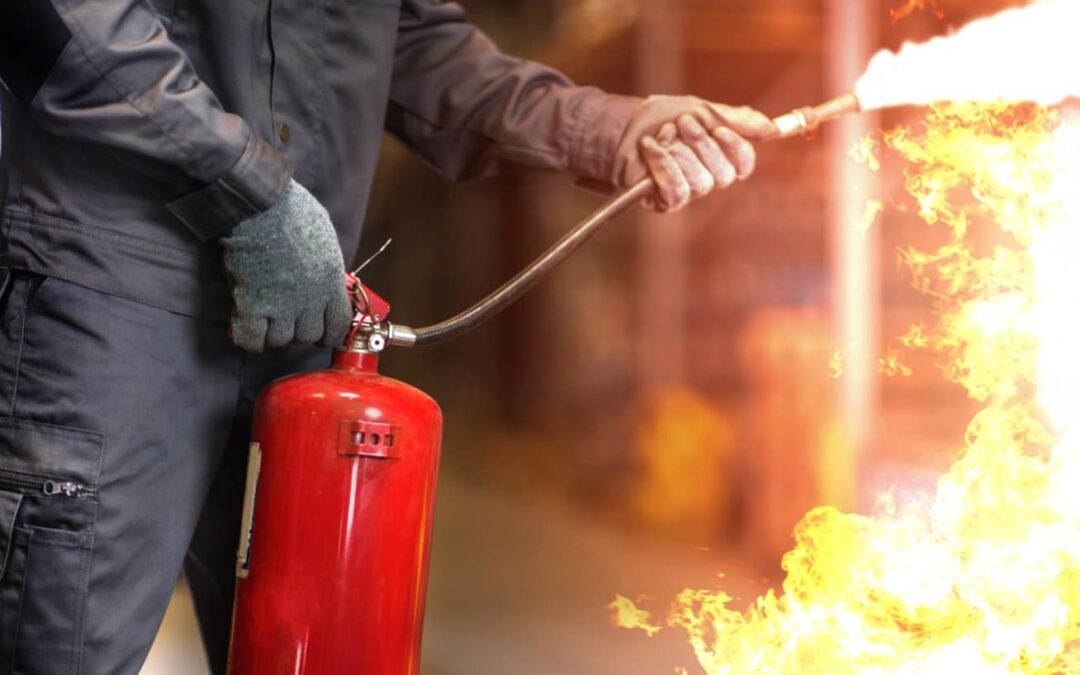When it comes to protecting our homes and loved ones from the unexpected, few things are as crucial as having a fire extinguisher on hand. In the blink of an eye, a small flame can turn into a devastating blaze, causing irreparable damage.
With the right equipment, you can take immediate action and potentially prevent a catastrophe.
Importance of a Fire Extinguisher
It is more than just a piece of equipment; it’s a lifeline in the event of a fire. This invaluable device is designed to control or extinguish small fires, often in emergencies. While it’s not intended for use on an out-of-control fire, it can be a lifesaver when used correctly and promptly.
The significance of having it at home cannot be overstated. According to the National Fire Protection Association, approximately two-thirds of home fire deaths occur in properties without working smoke alarms or fire extinguishers. This statistic alone underscores the importance of having this essential safety device at home.
How Does a Fire Extinguisher Work
The mechanics behind it are relatively simple yet ingenious. It uses a cylinder filled with a firefighting agent under pressure. When the device is activated, this agent is expelled, aiming to suppress the fire. It eliminates one or more fire triangle elements – heat, fuel, and oxygen.
Understanding your extinguisher’s work can help you use it more effectively in emergencies. It’s not just about pointing and spraying; it’s about targeting the base of the fire and using the extinguisher in a controlled manner to put out the flames.
Choosing the Right Fire Extinguisher
There are several types of extinguishers, each designed to combat different kinds of fires. For home use, you’ll typically need a multipurpose extinguisher labelled as type A-B-C. This means it can handle fires involving ordinary combustibles (A), flammable liquids (B), and electrical equipment (C).
When choosing the right extinguisher, consider the following points:
Size
Larger extinguishers can handle bigger fires but are harder to handle. A 5-pound extinguisher is suitable for most homes.
Rechargeable vs. Disposable
Rechargeable extinguishers are initially more expensive but can be refilled by a professional once used. Disposable models are cheaper but must be replaced after use.
Proper Placement and Maintenance
Having an extinguisher is only half the battle. You must also ensure it’s accessible and functional when needed. Install your extinguisher in a visible and easy-to-reach location near an exit. Regularly inspect it for any signs of damage or wear, and replace it immediately if it’s expired or faulty.
In terms of placement and maintenance, keep these points in mind:
- Visibility: Never hide your extinguisher. It should be easy to see in case of an emergency.
- Accessibility: Install the extinguisher away from potential fire hazards but close enough to reach it quickly.
- Inspection: Check your extinguisher monthly to ensure it’s not damaged, the pin is intact, and the pressure is at the recommended level.
- Replacement: Replace your extinguisher every 10–12 years, even if it appears in good condition.
Conclusion
Fire safety at home goes beyond merely installing smoke detectors. It involves having the right equipment, such as a fire extinguisher, and knowing how to use it effectively.
Remember to choose the correct type of extinguisher for your needs, install it in a readily accessible location, and maintain it properly. With these steps, you’re well on your way to creating a safer home environment.

